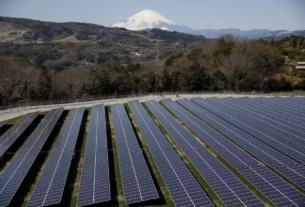In Short : In order to promote India’s integration of renewable energy sources and grid stability, the Ministry of Power (MP) has launched the second tranche of its Viability Gap Funding (VGF) project, which is worth ₹5,400 crore through the Power System Development Fund (PSDF) and targets 30 GWh of Battery Energy Storage Systems (BESS). The plan reaffirms India’s dedication to developing clean energy and a sustainable grid in the future
Important Policy Changes and Norms
Refurbished battery cells are strictly prohibited; only newly authorized cells that meet technical standards are now acceptable. Use of native Energy Management Systems (EMS) is required; BESS developers are required to implement EMS products created and produced in India. These standards seek to improve domestic production, promote supply chain localization, and protect national cybersecurity and data integrity.
Operational and Financial Highlights
The updated VGF prices, which range from ₹18 lakh/MWh to ₹21.8 lakh/MWh, greatly reduce installation costs and increase bankability. Projects must deliver an average of 1.5 charge-discharge cycles per day, with a minimum discharge duration of 2 hours.
There are three stages to the VGF disbursement schedule:
20% after the financial closure. 50% on the date of commercial operation (COD). One year after COD, the remaining 30% of Indian infrastructure . Within 18 months of signing the BESPA or PPA, the project commissioning window is set, guaranteeing quicker deployment and the realization of project advantages.
Among the 30 GWh of overall support:
15 states received 25 GWh (for example, Rajasthan, Gujarat, and Maharashtra each received 4 GWh). Utilizing current transmission assets, 5 GWh is designated for NTPC for non-solar hour supply PV State utilities, RE implementing agencies, and government-authorized entities are the only ones eligible, and submissions must be made through NLDC/CEA within predetermined deadlines.
Strategic Significance & Communication
This strategy strengthens India’s drive for domestically produced clean energy infrastructure while tightening funding standards. Additionally, it improves communication about sustainability by highlighting a dedication to openness, localization, and grid resilience. With these upgrades, India will be positioned as a leader in clean energy innovation and the deployment of renewable energy, creating an ideal environment for aggressive digital marketing and public relations initiatives.




